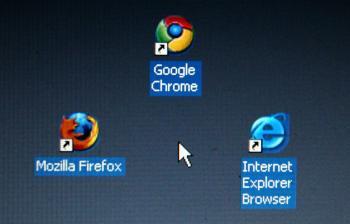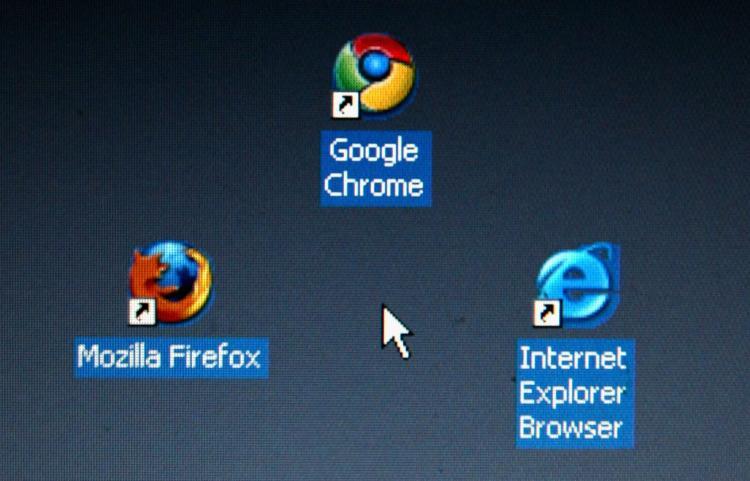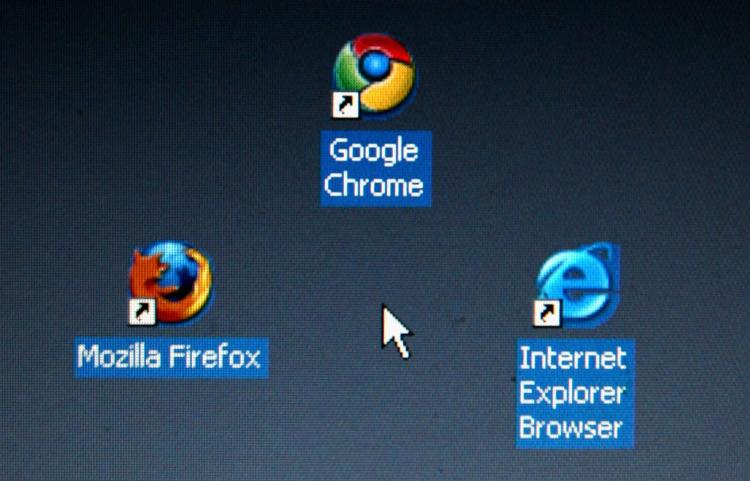NEW YORK—Google Chrome has moved to the number three position on the list of the most used Internet browsers in the world despite it’s short time in the cyber community.
Introduced to the masses in September of 2008, Google Chrome has received a warm welcome from internet users around the globe making it the number three browser after a 0.7 percent raise in December.
With only 16 months on the market, it has managed to surpass Safari and Opera according to reports from computerworld.com.
Microsoft’s Internet Explorer is still on top of the list for most-used browsers even though it’s usage percentage rate has dropped in the past year.
Mozilla’s Firefox had a small decline in usage but is still holding strong in the number two position.
Apple’s Safari dropped from the number three spot to the fourth which gave Chrome it’s chance to move up.
Google presented portions of the code for their new browser in a report named Chromium in late 2008.
The information was released and allowed for portions to be sampled legally which made it easier for computer programmers to design versions to be used on Macs and Linux.
Chromium is almost identical to Chrome but is lacking the Google labeling.
Chrome was constructed with a mixture of computer codes drawn from 25 code libraries and was assembled with consultation from third party Netscape.
Introduced to the masses in September of 2008, Google Chrome has received a warm welcome from internet users around the globe making it the number three browser after a 0.7 percent raise in December.
With only 16 months on the market, it has managed to surpass Safari and Opera according to reports from computerworld.com.
Microsoft’s Internet Explorer is still on top of the list for most-used browsers even though it’s usage percentage rate has dropped in the past year.
Mozilla’s Firefox had a small decline in usage but is still holding strong in the number two position.
Apple’s Safari dropped from the number three spot to the fourth which gave Chrome it’s chance to move up.
Google presented portions of the code for their new browser in a report named Chromium in late 2008.
The information was released and allowed for portions to be sampled legally which made it easier for computer programmers to design versions to be used on Macs and Linux.
Chromium is almost identical to Chrome but is lacking the Google labeling.
Chrome was constructed with a mixture of computer codes drawn from 25 code libraries and was assembled with consultation from third party Netscape.






